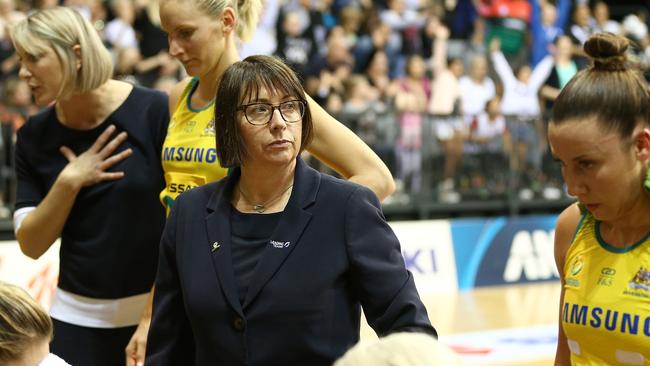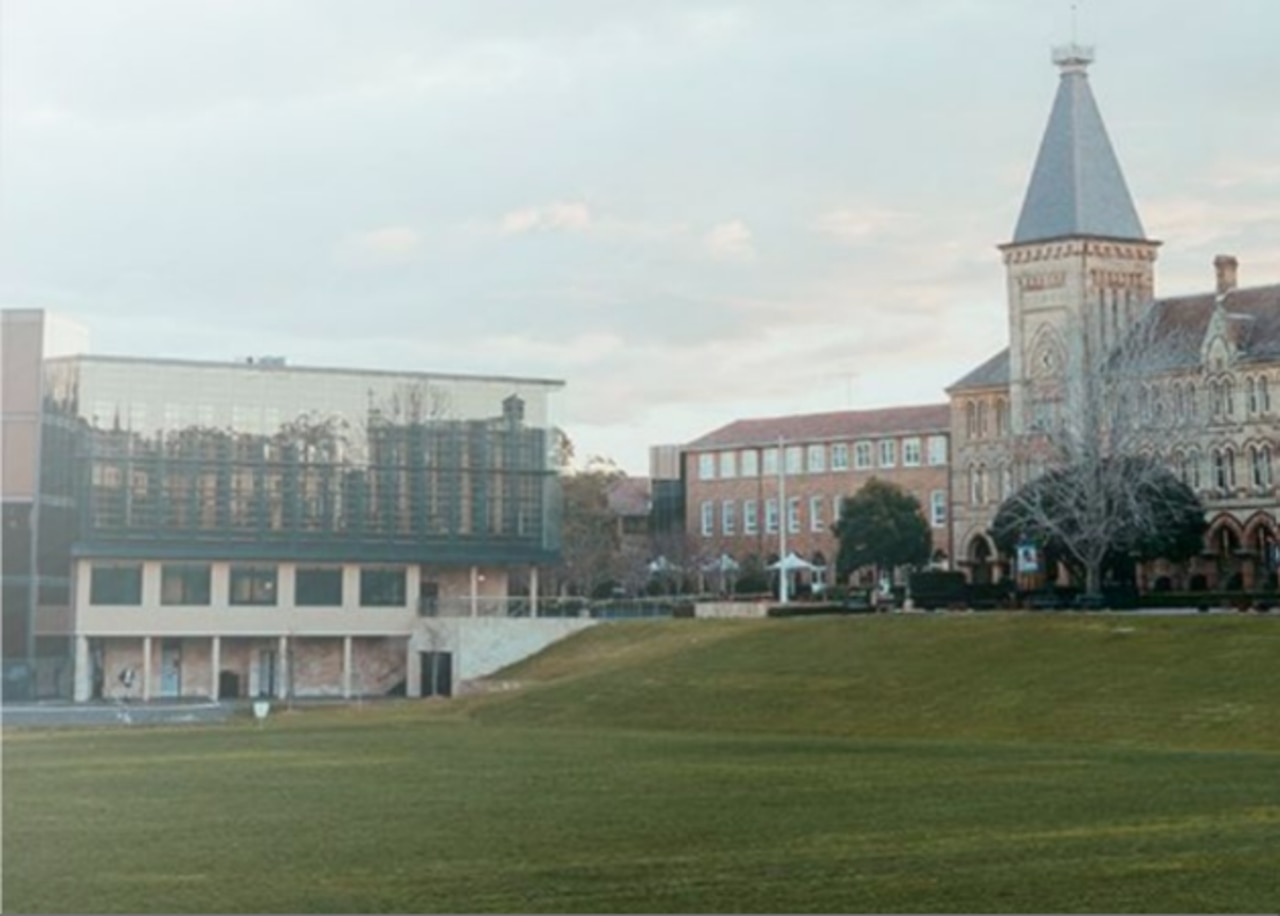Guidance and opportunity will see sportsgirls light up
Awareness of elite sportswomen and their team sports has increased significantly but not enough says the head coach of the Australian netball team.

Before the inevitable banishment from my daughter’s secondary school sports days that took place around her 13th birthday, this parent’s first and last visit to the swimming carnival yielded some disheartening results.
From multiple heats in the Year 7-8 girls’ contests, the number of female swimmers dwindled through the age groups until, in the senior years, there were not even enough swimmers to fill one race. The boys’ numbers also fell, less so than the girls.
Was this phenomenon particular to swimming? Was it the result of body-conscious girls not wanting to be seen in their swimsuits? Was it a reflection of the school’s focus on arts rather than sport? Or was it typical of the overall drop in sports participation rates among girls in their mid-to-late teens?
The choice of sports for young women today is unprecedented.
The awareness of elite sportswomen and the team sports they play has increased significantly, most notably with the rising profile of the Matildas, Diamonds, Opals, AFLW, Women’s Big Bash League, Super Netball, W-League, the long-running WNBL, and more recently, the NRLW. Yet if competitions have created awareness, is that enough? Not according to head coach of the Australian netball team Lisa Alexander.
“What hasn’t happened is the translation to professional sport for women – who are professionally paid,’’ Alexander says. “What I’m talking about is getting an economic transaction for your ability as a sportsperson. We are still way behind.’’
The four tennis grand slams are a rare example of gender pay parity at the elite level.
Alexander says the coverage of women’s sport is still a problem, with only 11 per cent of print media coverage of sport dedicated to women’s sport.
Alexander says she is still waiting to see the $30 million sports broadcasting funding that the federal government granted to Foxtel in 2017 to boost women’s, niche and emerging sports, translate into meaningful improvements in programming.
Has the impact of these domestic leagues been overstated? Yes and no, according to Alexander.
“There is a narrative that it’s all great and wonderful, and I am positive about it. It is heading in the right direction,’’ she says. “But it is glacially paced, and it’s like you have to fight the whole way.’’
AusPlay research released in late 2017 shows that although girls and young women are as active as boys and young men, they are less likely to play sport as they become older. A clear tipping point has been identified in the late teen years. The most recent Australian Bureau of Statistics data, from 2017-18, shows that 15-17 year-old males are almost three times more likely than females to exercise for the recommended 60 minutes per day.
Organised competition is also under threat from a friendlier and not-unwelcome rival: non-competitive health or fitness-based exercise. From the gym to the yoga studio to bushwalking trails, jogging and cycling, social media is often a key element, with apps building connections and online communities that appeal to females
There are extra challenges, too, for individual pursuits. Dianne Fromholtz-Balestrat, the 1977 Australian Open finalist and former world No 4 ranked tennis player is now the coaching director at Victoria’s Long Beach Tennis Club. Fromholtz-Balestrat says it is a struggle to attract prospective female players.
“It can be daunting for many girls to join in the existing, mostly male, environments at a lot of tennis clubs, especially if they’re the only ones present. It’s so much better when they can be with friends, or in teams,” she says.
“What I find is, as a female coach, if I entice them to come and play and if I can help foster their confidence, the girls will love tennis and stay on for years. In general, there aren’t a lot of opportunities for girls to play competition against each other, and their options are very limited due to small participation numbers right now. The issue really compounds and leads to the girls not feeling as welcome.’’
The availability of sporting amenities is also an issue. Most football locker-rooms are built for men. At Fromholtz-Balestrat’s tennis club, the lack of changing rooms is less of a problem for men who can shed a sweaty shirt in the clubhouse with barely a sideways glance. She recalls one young mother being offered a cupboard in which to change her clothes after tennis game.
Facilities are a key focus of the $5m “Her Sport Her Way” strategy announced by the NSW government in December. The strategy is also designed to increase participation rates and attract investment for women and girls in sport. Interestingly, fathers have been targeted as key agents of change, through their influence over physical activity levels, sports skills and social-emotional wellbeing. A federal Department of Health campaign, “Girls Make Your Move” has already been successful in encouraging young women to be more physically active, and to view sport and physical activity more positively.
There is another push for a more symbolic adjustment. In The Australian on February 7, Sport Australia CEO Kate Palmer wrote of the desire to erase “the subcategory of women’s sport”, and associated negative connotations.
“Given that no sport is gender-exclusive, why do we continue to call it ‘women’s sport?’ ” Palmer asked.
Critics missed the point that despite Palmer’s wish to drop divisive labels and end the differentiation between gender-based versions of games all people play, it is crucial to continue supporting and promoting the minority that is women in sport.
Discussing the swimming anecdote with Alexander, who has two daughters, the World Cup-winning coach replies that such has been the case since she was a PE teacher in the mid-1980s.
“But I think it is getting worse, because we’re allowing people to opt out, as well. It’s that individualism which means ‘oh well, we’ll let you not do it and just maybe barrack from the sides instead of actually participating’.’’
So, what more could we be doing to keep this nation’s daughters as involved in sport as their brothers, and ending the exodus from sport in the teen years?
“It’s a really, really good question,’’ says Alexander. “It’s about actually giving young people what they want, and empowering them to say what that is. Then they will embrace it, and they will lead it. And – surprise – they’ll be really good at it! So if you give them guidance and the older people support them to do well, wow, we could have an amazing intergenerational change in how we go about sport.’’


